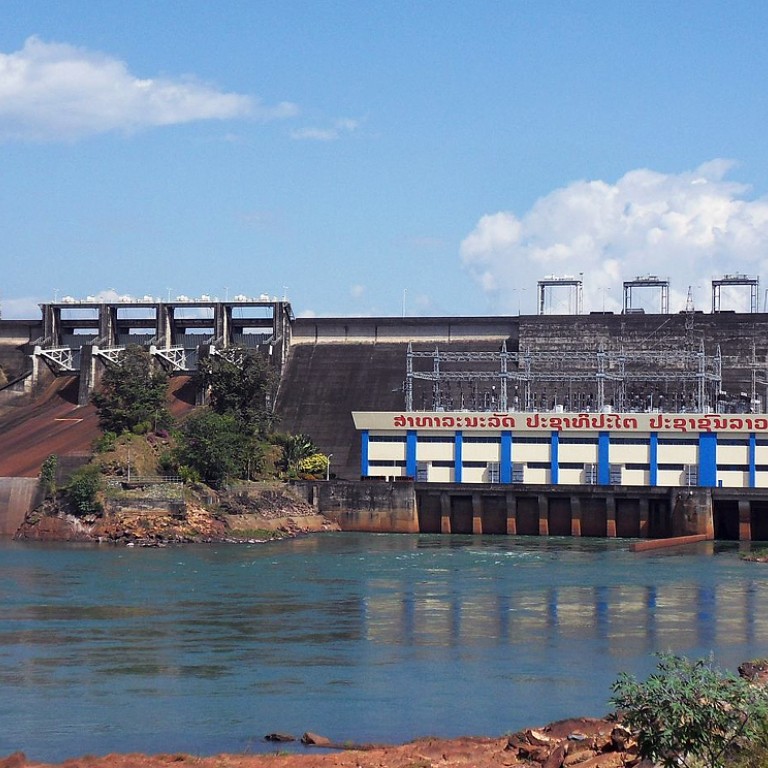
Laos aims to quadruple its hydropower capacity by 2030
Laos plans to quadruple its hydropower generation capacity from current levels by the end of the decade and step up electricity exports to neighbouring countries, including China, its deputy minister for energy and mines said.
Laos plans to quadruple its hydropower generation capacity from current levels by the end of the decade and step up electricity exports to neighbouring countries, including China, its deputy minister for energy and mines said.
Laos is among Asia's poorest countries but has big ambitions to become the "battery of Southeast Asia" by exporting power generated from its ample water resources.
Laos currently exports two-thirds of the 3,200 megawatts of hydropower it generates, and the country had another 6,000MW under construction, Viraphonh Viravong said.
"We expect by 2020, we'll have 12,000MW in operation with two-thirds for the export market," Viravong said on the sidelines of the Singapore International Energy Week.
"By 2030, we may double that capacity to 24,000MW, which is nearly all the hydro potential in Laos."
Power and mining exports, the biggest contributors to Laos' gross domestic product, could account for nearly a third of its GDP before 2020, up from over 20 per cent now, he said.
Thailand is currently the biggest buyer of electricity from Laos, which has agreements to supply to Vietnam and Cambodia as well. The power exporter is also looking at ways to exchange electricity with China.
Laos imports power from China, Vietnam and Thailand to supply to its remote northern areas. But now Laos was exploring the possibility of China buying back "what they are developing" in case of a power excess in Laos, Viravong said. China and Thailand are the biggest investors in Laos' power sector.
Studies are under way for a power exchange between Laos, Yunnan province in China, Vietnam, Thailand and Cambodia, and for electricity to flow from Laos to Singapore through Thailand and Malaysia.
Infrastructure for the Laos-to-Singapore electricity sale was in place, but there could be technical issues to deal with in Thailand and Malaysia, Viravong said.
While hydropower is a renewable source of energy, Laos faces opposition from environmentalists seeking to prevent the building of dams on the Mekong River.
Such projects, including the 1,285MW Xayaburi Dam under construction, could threaten the livelihood of people along the river, environmentalists say.

